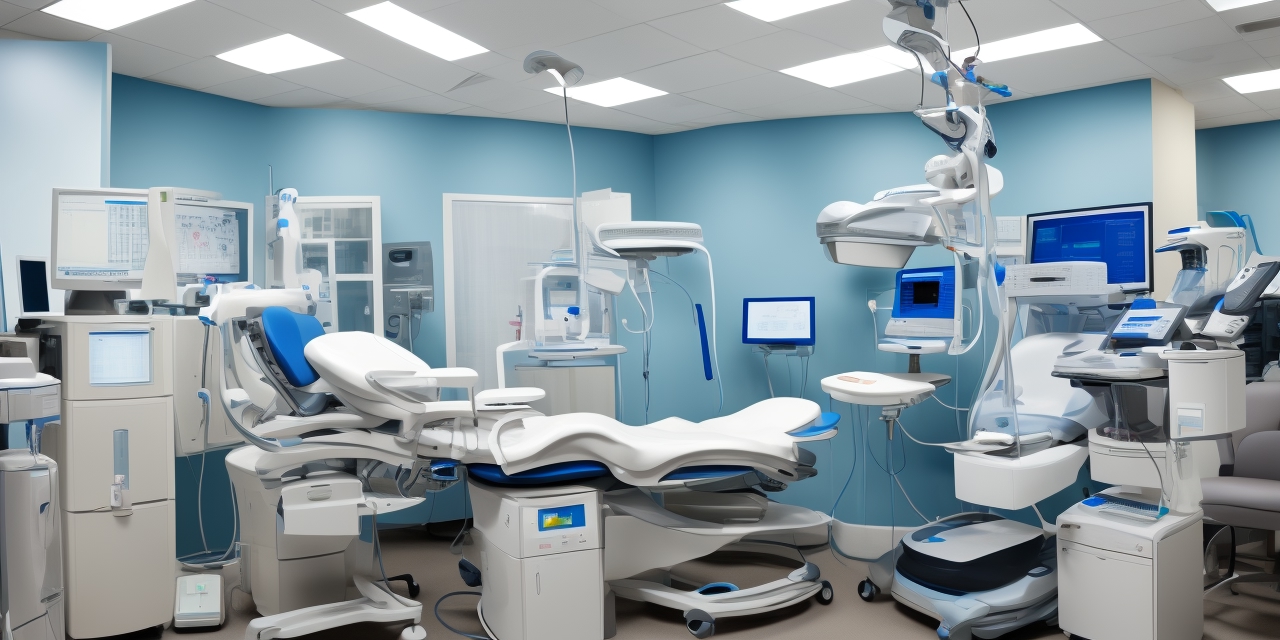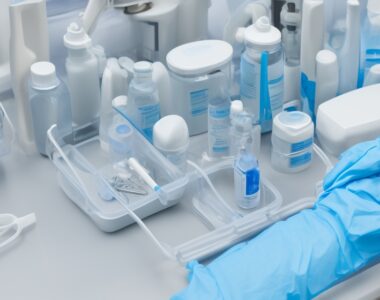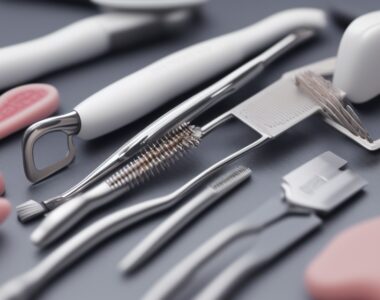
How to Choose the Right Medical Equipment for Your Practice
Choosing the right medical equipment is one of the most important decisions for any healthcare provider, clinic, or hospital. High-quality, reliable, and advanced medical tools ensure accurate diagnoses, efficient treatment, and improved patient care. However, with so many options available, selecting the best equipment can be overwhelming.
Whether you’re starting a new practice or upgrading your existing facility, this guide will help you navigate the key factors to consider when choosing medical equipment.
1. Assess Your Practice’s Needs
Before purchasing any medical equipment, evaluate your specific needs based on:
✔️ Type of Practice – A general physician’s clinic requires different equipment than a dental or orthopedic clinic.
✔️ Number of Patients – Higher patient volume may require faster and more durable equipment.
✔️ Space Availability – Ensure you have adequate space for installation and storage.
🔹 Example: A small clinic may need compact and multi-functional equipment, while a large hospital may invest in specialized high-capacity devices.
2. Prioritize Quality and Reliability
Medical equipment is a long-term investment, so quality should be a top priority. Look for:
✔️ Reputable Brands – Choose equipment from trusted manufacturers with a good track record.
✔️ Certifications and Standards – Ensure the equipment meets FDA, CE, ISO, or other industry standards.
✔️ User Reviews and Testimonials – Read feedback from other medical professionals.
💡 Tip: High-quality equipment may have a higher initial cost but will save money in the long run by reducing maintenance and replacement expenses.
3. Consider the Latest Technology and Features
Medical technology is advancing rapidly. Investing in modern equipment enhances efficiency and patient outcomes.
🔹 Key Features to Look for in 2025:
✔️ AI-Assisted Diagnostics – Devices with AI-powered analysis improve accuracy.
✔️ Telemedicine Compatibility – Allows remote patient monitoring and consultations.
✔️ Digital and Wireless Connectivity – Enables seamless data sharing with electronic health records (EHRs).
✔️ Energy Efficiency – Reduces power consumption and operational costs.
🔹 Example: Instead of a traditional stethoscope, consider a digital stethoscope that can record and analyze heart sounds using AI.
4. Set a Budget and Compare Prices
✔️ Determine your budget range before making a purchase.
✔️ Compare multiple suppliers to get the best value.
✔️ Look for discounts, financing options, or leasing plans if you have budget constraints.
💡 Tip: Don’t compromise on essential features just to save money. Cheaper equipment may lead to higher repair costs and reduced lifespan.
5. Evaluate Equipment Durability and Maintenance
Choose equipment that is:
✔️ Durable – Made with high-quality materials to withstand frequent use.
✔️ Easy to Maintain – Requires minimal servicing and comes with spare parts availability.
✔️ Compliant with Safety Regulations – To ensure patient safety and regulatory approval.
🔹 Example: Sterilization equipment like autoclaves should have self-cleaning features to reduce maintenance efforts.
6. Check Supplier Reputation and Customer Support
When buying medical equipment, choose a supplier that offers:
✔️ Reliable Warranty and After-Sales Support – Covers repairs and replacements.
✔️ Training and Installation Assistance – Ensures staff can use the equipment properly.
✔️ 24/7 Customer Service – Quick support for technical issues.
💡 Tip: Buying from a reputable supplier like Dent52.com ensures you get high-quality, certified products with full customer support.
7. Consider Equipment Scalability and Future Growth
✔️ Choose equipment that can adapt to new technology and expand as your practice grows.
✔️ Look for modular or upgradable devices instead of fixed-function equipment.
✔️ Invest in multi-purpose machines if you expect your practice to diversify services.
🔹 Example: Instead of a basic ultrasound machine, invest in a portable ultrasound with AI that can upgrade with software updates.
8. Evaluate Patient Comfort and Usability
✔️ Ergonomic Design – Ensures ease of use for medical staff.
✔️ Low Noise and Vibration – Reduces discomfort for patients.
✔️ Quick Setup and Operation – Saves time during busy practice hours.
🔹 Example: A pain-free laser dental drill offers a better patient experience than a traditional high-speed drill.
9. Ensure Compliance with Legal and Insurance Requirements
✔️ Verify that all equipment meets government health regulations.
✔️ Check insurance coverage to protect against damages or malfunctions.
✔️ Maintain proper documentation and licensing.
💡 Tip: Compliance with healthcare standards prevents legal issues and ensures patient safety.
10. Decide Between Buying vs. Leasing Equipment
✔️ Buying Equipment – Best for long-term use and high-frequency procedures.
✔️ Leasing Equipment – Ideal for expensive technology that might need upgrading in a few years.
🔹 Example: If you need an MRI machine, leasing might be a cost-effective solution rather than a direct purchase.
Final Thoughts
Selecting the right medical equipment is crucial for the success of your practice. Consider factors such as quality, technology, budget, durability, and compliance to make the best decision.
At Dent52.com, we offer a wide range of top-quality medical and dental equipment designed to enhance efficiency, accuracy, and patient care. Browse our collection today and equip your practice with the best medical tools in 2025!



